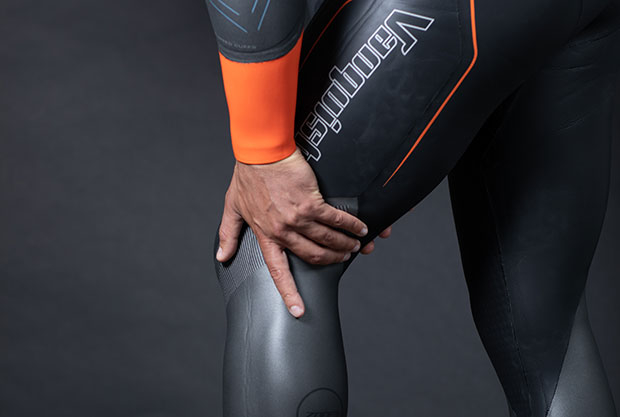When it comes to choosing gear for water-based activities like paddling, diving, surfing, or swimming, finding the right fit for your wetsuit pants is just as important as the activity itself. Men’s wetsuit pants are designed to offer warmth, protection, and mobility in the water—but they only perform at their best when they fit properly. If they’re too loose or too tight, you could end up uncomfortable, cold, or limited in movement. Here’s everything you need to know to find the right fit.
Why Fit Matters for Wetsuit Pants
Wetsuit pants aren’t just about coverage—they’re a performance piece. A well-fitting pair helps:
- Retain warmth by minimising cold water flushing
- Enhance comfort by reducing rubbing and chafing
- Support movement for active sports like kayaking or stand-up paddleboarding
- Prolong durability by preventing overstretching and seam strain
If your wetsuit pants aren’t fitting right, they won’t provide the thermal insulation or freedom of movement you need in the water.
Key Features of a Proper Fit
Wetsuit pants should feel like a second skin—snug, but never restrictive. A good pair of wetsuit pants mens options will check off the following criteria:
1. Snug but Not Restrictive
They should cling closely to the skin without pinching or cutting off circulation. Neoprene and thermal fabrics naturally stretch, so a slight tightness when dry is normal. Once wet, they loosen slightly and mould more comfortably to your body.
2. No Loose or Baggy Areas
Look out for gaping at the waist, knees, or ankles—these are entry points for cold water and air. Baggy areas also reduce the material’s ability to insulate, making your lower body more susceptible to chills.
3. Smooth at Joints and Seams
A proper fit means the fabric lays flat without bunching behind the knees or around the ankles. Bunched material can rub during movement or paddling, leading to discomfort. Seams should feel smooth and sit comfortably along your leg lines.
4. High Enough Waistline
The waistband should sit securely above the hips, especially during dynamic movement. A higher-cut waist helps prevent slippage and gives a better seal when paired with a wetsuit top or rashie.
Sizing Tips for Men’s Wetsuit Pants
The key to finding the right fit is to use accurate measurements and brand-specific size charts. Follow these tips:
- Measure your waist, hips, and inseam
- If between sizes, consider body type—lean toward the larger size for comfort or tighter fit for performance
- Keep in mind: wetsuit pants should feel tighter when dry, but not uncomfortable
- Consider layering if you plan to wear other thermal gear underneath
Trying pants on at home? Wear them as you would during activity and mimic basic movements—lunges, squats, or stretches—to test mobility.
Common Fit Mistakes to Avoid
Wearing Them Too Loose
Loose wetsuit pants let in cold water and make it harder to stay warm. They can also cause drag in the water and shift during movement.
Choosing a Size That’s Too Tight
Overly tight pants may restrict circulation or make it difficult to paddle, swim, or move freely. They can also stress the seams and materials over time.
Ignoring Body Proportions
Tall or short builds may need to size up or down to get the right leg length and waistband placement. Some wetsuit pants come in different cuts to accommodate longer legs or more muscular builds.
Trying on Wetsuit Pants: What to Look For
- Use a plastic bag over your feet to slide into the pants more easily
- Adjust slowly from ankle to waist—avoid yanking, as this can damage seams
- Move around once they’re on—check for pressure points or areas that bunch
- The pants should stay in place and feel secure without a belt or drawstring
In Summary
A well-fitting pair of men’s wetsuit pants can make or break your time in the water. When fitted correctly, they enhance your performance, regulate your body temperature, and allow you to focus on enjoying your sport—not adjusting your gear. Take time to get the right size, pay attention to how the pants move with your body, and always try them on before committing to your next aquatic adventure.


